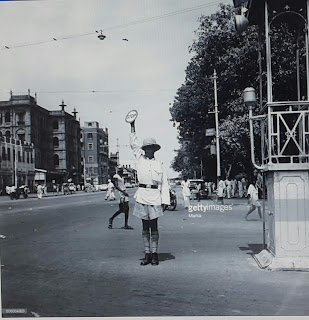Loves Bungalow

Col. Henry Davidson Love's bungalow on Victoria Hostel Road. Love was the greatest historian of Madras and has chronicled the history of the city from 1640 to 1800 in his book "Vestiges of Old Madras". This bungalow was supposed to have been occupied by him when he was Principal of College of Engineering between 1880-1907 when the college was functioning in Chepauk Palace. But surprisingly neither this bungalow nor Victoria Hostel is marked in the map of Chepauk around 1893 although Goshaw Hospital, PWD office and Presidency college are clearly marked. On the contrary some other house on the other side of Buckingam canal is marked as Principals House. Was it constructed after 1893. Mystery.




